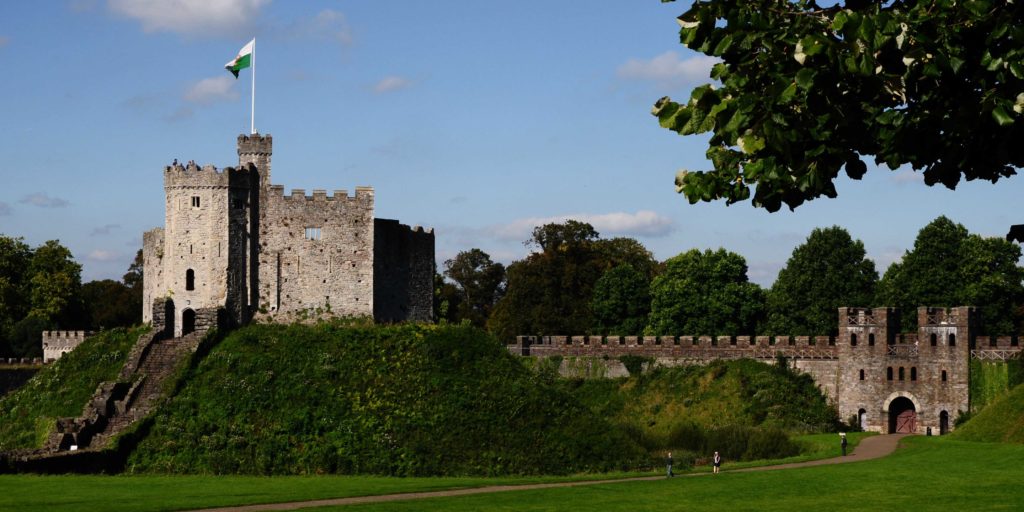The podcast follows the conversations of three Welsh women and two English men discussing historical gems in South Wales

Listen to the first episode here:
Never Have I Ever is the podcast for those who want an adventure, whether it be by finding an exciting music scene, exploring a museum, or discovering their new favourite restaurant.
The podcast follows the conversations of three welsh women and two English men and the things they have or have not done around South Wales.
In this episode, the topic of discussion is historical landmarks.
The heart of the city
First up is the iconic Cardiff Castle.
Built on the site of a Roman fort, Cardiff castle was a product of the Norman conquest and has been passed through the hands of many noble families until it was given to the city in 1947.
In this section, the group looks at the myths and legends surrounding the Castle and what to expect when you take a tour of its many rooms.
The history of life
People who have grown up in South Wales have probably visited St Fagan’s at least three times on a school trip.
It was Wales’ first open-air museum and is a portrayal of welsh life throughout history by showcasing the different houses people would have lived in.

In the podcast, the group talks about the fond memories they have of visiting St Fagan’s and how it offers such a unique insight into welsh culture.
A hole in the ground
The last historical landmark on the bill is Big Pit National Coal Museum, which is dedicated to preserving the heritage of coal mining.
This museum is unique as it offers a taste of what life was like for a miner making money off the coal face by taking you 300ft underground into the old colliery.

The podcast looks at the importance of the Welsh mining heritage, but also about the parts of Big Pit you may not know about, such as the delicious food from the canteen.
King of the castle
If you take a walk around Cardiff, the name Bute seems to crop up everywhere from Bute park, Bute Library and Bute east dock.
But where does this name come from?
The Butes were an extremely wealthy family who had a profound impact on the formation of Cardiff as we know it. They were responsible for the creation of the docks in the 1800s and brought a lot of prosperity to the city through coal exportation. The family also owned Cardiff Castle and Castle Coch and were responsible for their renovation. Alongside the architect William Burges, they transformed the interiors of these castles into gothic, fairy tale fantasies.
